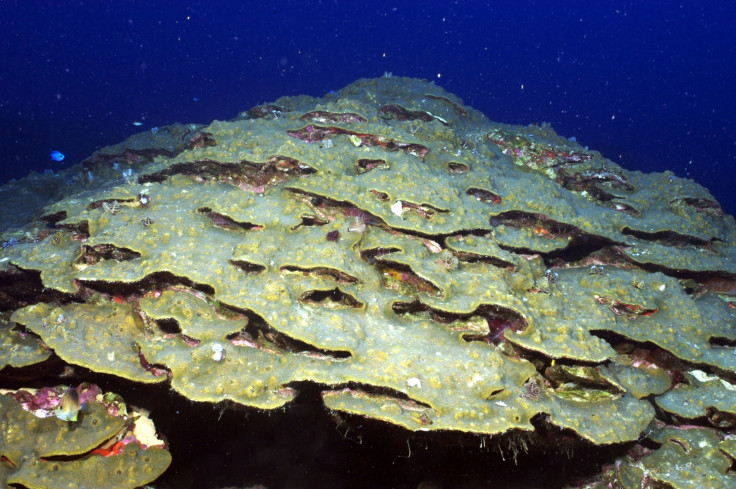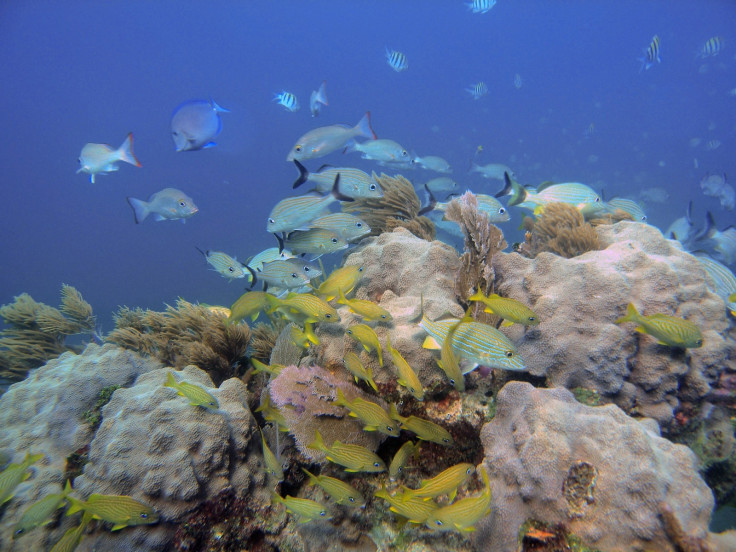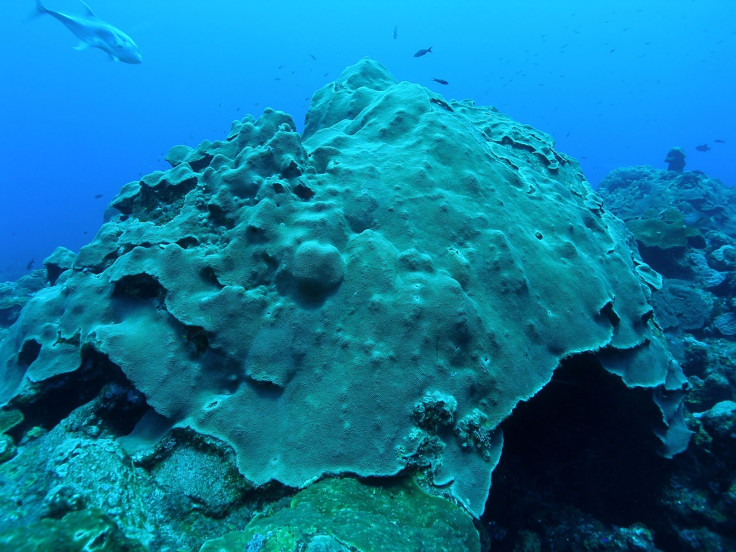How three resilient coral species survived glaciation one to two million years ago
Caribbean corals show resilience to extreme environmental changes such as the advance of glaciers over the Northern hemisphere.
Some corals in the Caribbean can rebound after a mass-extinction event caused by environmental changes, scientists say. A look into their genome suggests three different species of corals survived when glaciers moved down to cover much of the Northern hemisphere, between one and two million years ago.
Corals are among the most threatened ecosystems on the planet. According to wildlife charity WWF, about one-quarter of coral reefs around the world have sustained major, irreparable damage and about two-thirds are seriously threatened. Unsustainable fishing, pollution and the rising temperature of oceans are all contributing to high coral mortality.
However, in the past, some species of Caribbean corals have shown significant resilience to climate change. In a new study published in the journal Current Biology, scientists hoped to find out how why some resisted and to learn more about the history of corals over several millions of years to inform conservation strategies.

"Corals are extremely ecologically and economically important, so understanding how their populations responded to environmental change historically is crucial for current conservation efforts," said Mónica Medina, associate professor of biology at Penn State and one of the lead authors of the research. "Our study of living corals confirms fossil evidence that suggested that coral populations can recover after environmental disasters and further suggests that current reef deterioration can be reversed if environmental stresses can be reduced."
Caribbean Orbicella corals
The researchers collected fossils from ancient coral reefs in the Caribbean and used high-resolution geologic dating methods to determine their ages. With this data at hand, they compared the numbers of fossilised coral species from different point in times, focusing on three species in the genus Orbicella as they were particularly well preserved.
Analysing the fossil record, the scientists identified an increase in species diversity about 2.5 to 3.5 million years ago, followed by a massive extinction event that killed half of the species between one and two million years ago – this corresponds to a time when Earth's Northern hemisphere may have experience an episode of glaciation. Only the three species studied in this research survived.

A look into their genomes enabled the team to retrace their history over millions of years, filling in gaps in the fossil record. This historical reconstruction indicates that these corals can potentially recover after environmental catastrophes, thanks in part to an important genetic diversity.
"We discovered that even small numbers of individuals in three different species of the reef-building coral genus Orbicella have quite a bit of genetic variation, and therefore, are likely to adapt to big changes in their environment," said the other lead author of the study, Carlos Prada, from the Smithsonian Tropical Research Institute. It is thus possible that they would resist future climate change.

The researchers showed that the three coral species also expanded their habitats following the mass-extinction and that this was made possible by the fact another shallow-water Orbicella species – the organ-pipe coral O.nancyi – went extinct. The three species studied here expanded into the territory vacated by the organ-pipe coral.
The findings can improve scientists' knowledge of how corals respond to environmental changes over time and make them more efficient at identifying and analysing the changes in modern corals and how they adapt to current climate change.
© Copyright IBTimes 2024. All rights reserved.






